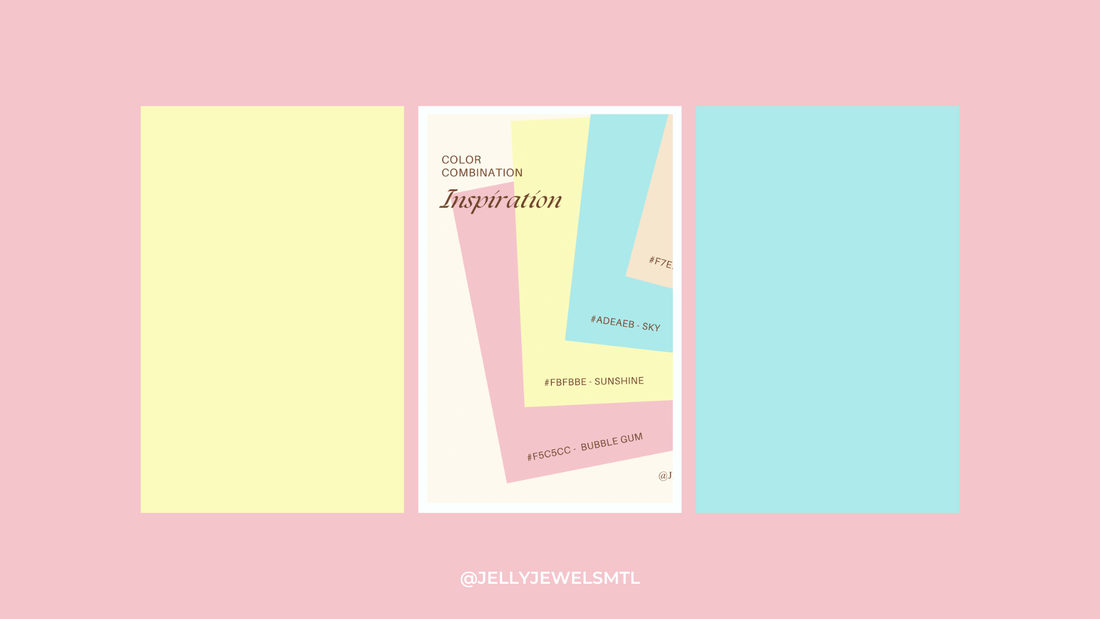The best colors for branding depend on a variety of factors, such as your industry, target audience, and the emotions you want to convey through your brand. However, there are some general guidelines you can follow when selecting colors for your branding:
-
Consider your industry: Certain colors are commonly associated with certain industries. For example, blue is often associated with technology and healthcare, while green is associated with finance and the environment. Consider what colors are commonly used in your industry and think about whether you want to blend in or stand out.
-
Think about your target audience: Consider the age, gender, and cultural background of your target audience. Different colors may have different connotations across different cultures and age groups. For example, red is often associated with passion and energy in the West, but it is also associated with luck and prosperity in some Asian cultures.
-
Choose colors that match your brand personality: Think about the personality you want your brand to convey. Do you want to be seen as fun and playful, or serious and professional? Different colors can convey different emotions and attitudes. For example, bright colors like yellow and orange can convey energy and enthusiasm, while dark colors like black and navy can convey sophistication and authority.
-
Use colors that complement each other: When choosing multiple colors for your brand, it's important to choose colors that complement each other well. Use color theory to select colors that work well together and create a harmonious and visually appealing brand.
-
Keep it simple: Don't overcomplicate your brand by using too many colors. Stick to a simple color palette of two to four colors that work well together and are easy to remember.
Remember, your brand is a reflection of your business and it's important to choose colors that are authentic and resonate with your audience. Ultimately, the best colors for your branding will depend on your unique business and branding goals. xoxo JJ

